0-0-60 Fertilizer is a fertilizer that is rich in potassium. For plants grown in potassium-deficient soil, survival can be difficult. A 0-0-60 fertilizer can guarantee a remedy to ensure your plant grows healthily because Potassium is what drives this adaptation!
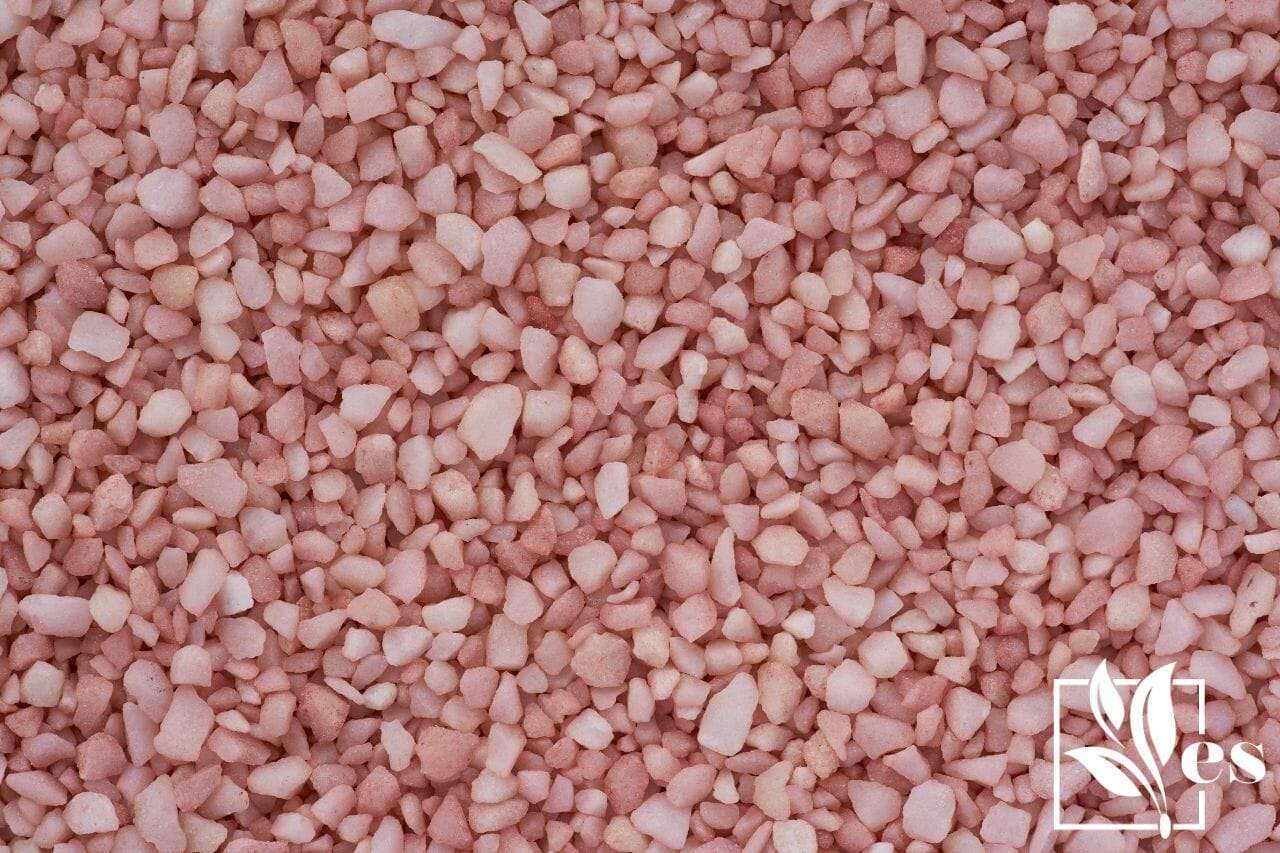
By reading this article, you can learn more about this type of Fertilizer’s functions, the reasons behind its appeal, its benefits and drawbacks, and how to use it effectively in your yard or garden. You should also check out the 46-0-0 fertilizer which is very popular in certain situations.
JUMP TO TOPIC
What Is 0-0-60 Fertilizer?
0-0-60 Fertilizer is a type of NPK fertilizer that only consists of 60 percent Potassium and no concentration of Nitrogen and Phosphates. It is used to improve growth, as a lawn feed for particular plants or grass, or to prepare the soil for planting.
Fertilizer Purpose
Increased resistance to adverse weather events in crops and ornamentals is the main goal of formulas with a high potassium concentration, whether it be a severe drought or really cold winters. Potassium speeds up this process by dramatically increasing the effectiveness of water and other nutrients being circulated.
This promotes sustained growth and the development of fruit, vegetables, cereals, and seeds in the right ways. Annual and perennial flowering plants typically require a little bit more phosphate and Potassium to generate a lot of blooms. This powerful combination also guards against bottom rot and flower drop.
Understanding Label
Most fertilizers include a three-number formula (NPK) that shows how much nitrogen, phosphorus, and Potassium they contain. A 0-0-60 NPK is composed of 0 percent Nitrogen, 0 percent phosphorus, and 60 percent potassium.
These three components are necessary for all plants to survive. When Potassium is scarce, 0-0-60 Fertilizer is exclusively utilized, and the higher third number easily identifies it.
In short, the high Potassium helps in the process when plants transport water, minerals, and food produced by photosynthesis. It also activates the proteins and enzymes that phosphorus and nitrogen were used to build, supporting a healthy lawn.
It helps plants conserve moisture, which boosts their tolerance to environmental stress and disease. It works particularly well to increase a lawn’s ability to withstand cold winters when dormant.
0-0-60 Fertilizer For Plants
Let’s look at which plants need this Fertilizer because different plants have varying requirements for Potassium.
– Vegetables
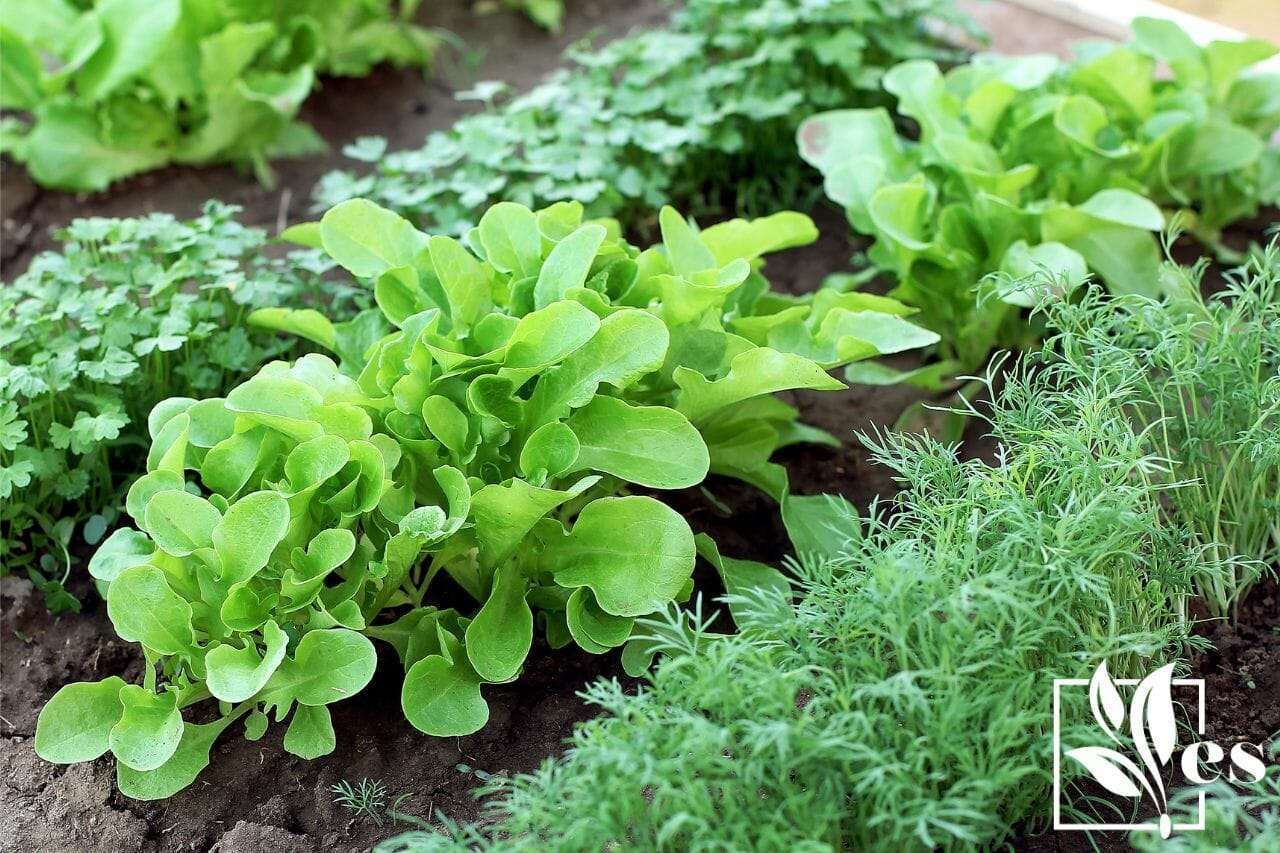
For optimum plant growth, enzyme activation, glucose and calcium metabolism, and of course, photosynthetic processes, Potassium is a necessary nutrient for all edible crops.
Once buds are established, flowering plants like tomatoes, squash, and melons often require more Potassium than green vegetables. Potassium will assist phosphorus in directing energy toward large, well-formed crops. In addition to efficiently transporting water around vegetable crops, Potassium also helps to preserve it when high temperatures are present.
– Flowering Plants
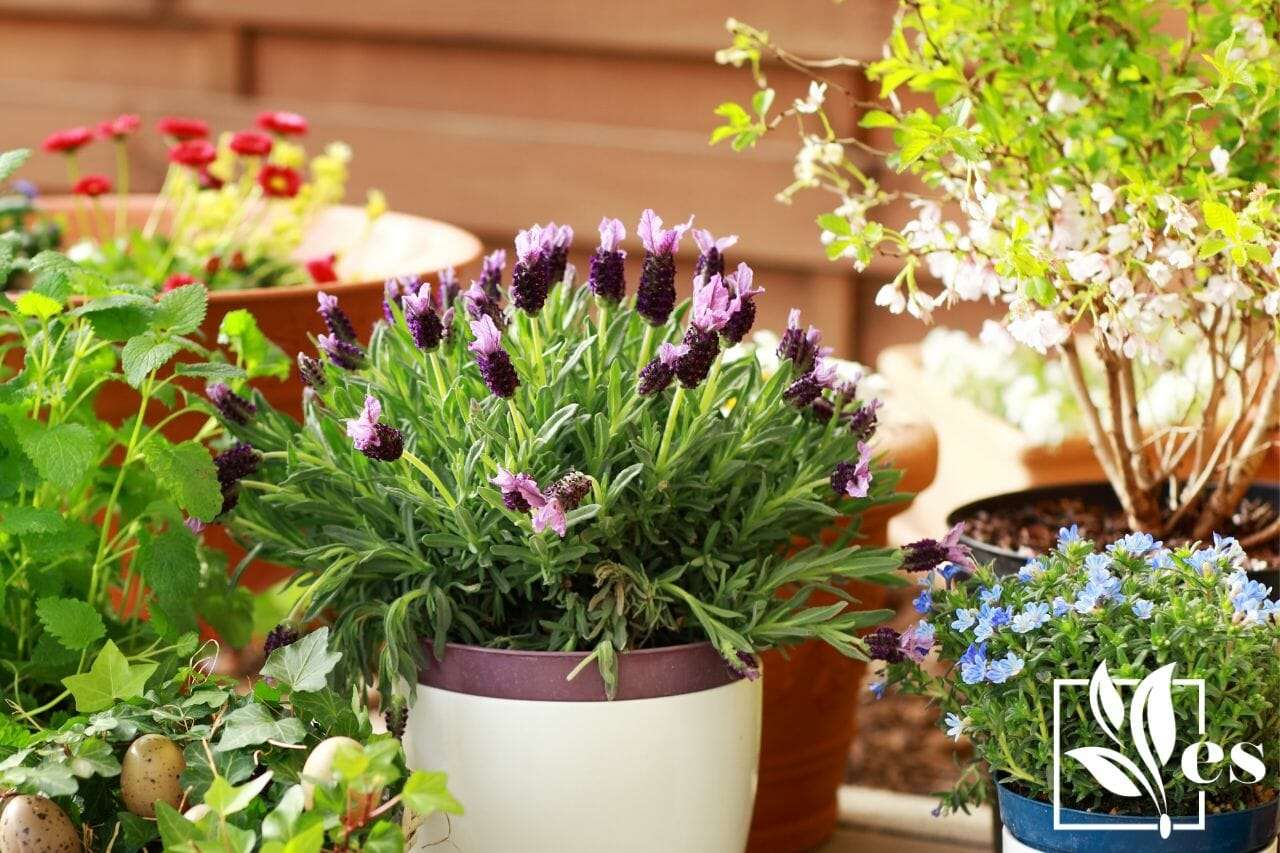
Unlike phosphorus, Potassium has no direct impact on floral output, but it does generate an environment rich in nutrients and hydrating moisture to aid in that process. Potassium is necessary for phosphorus to produce blooms and a rich harvest; without it, neither would be possible.
Potassium makes berries and melons tastier and juicier in flowering vegetable and fruit plants. Moreover, healthy veggies with lovely shapes and potential extended shelf lives are also guaranteed by this Fertilizer.
– Grass And Lawn
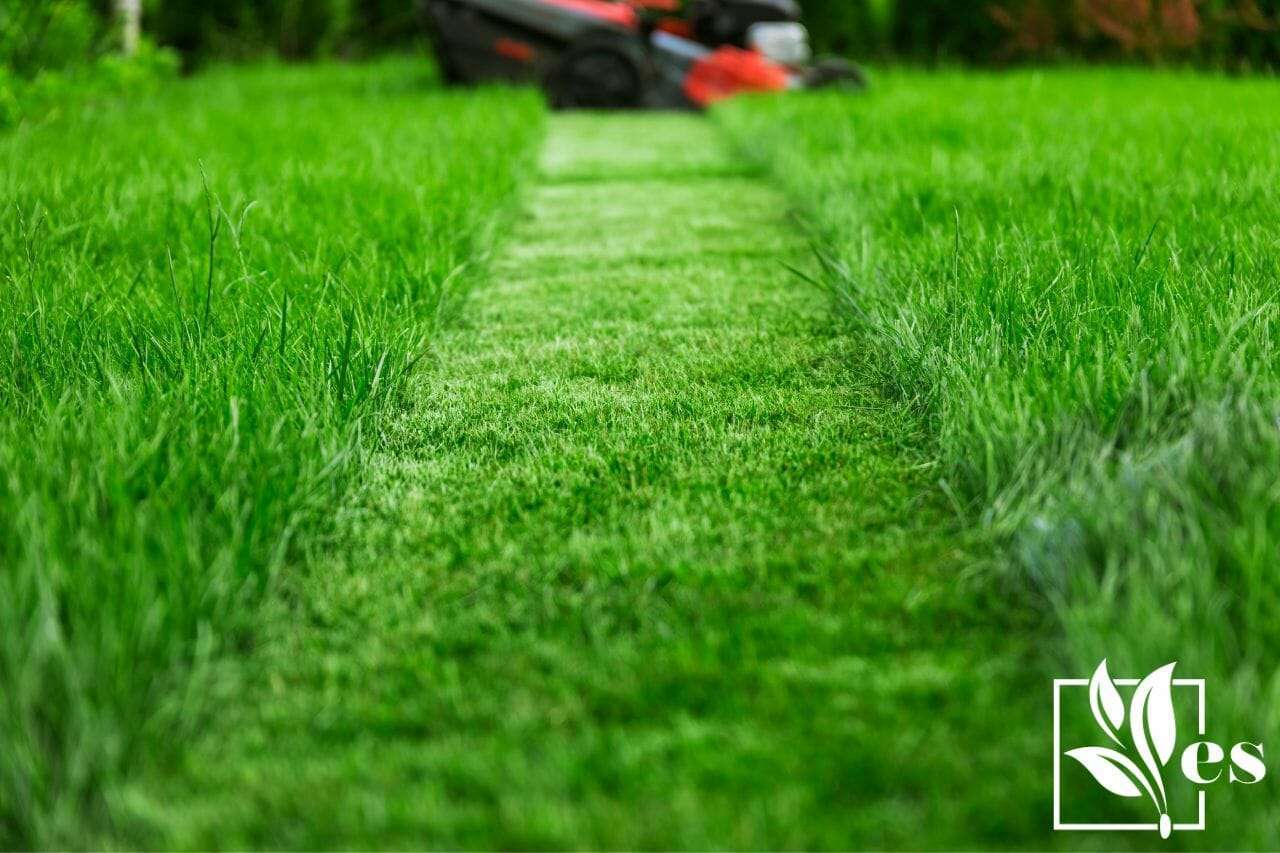
Potassium aids in the efficient uptake of water and nutrients by lawns and natural grasses. In grass blades, it also aids in the development of dense cell walls designing a turf that can withstand the effects of the environment and wear and strain. However, too much Potassium on them could obstruct the uptake of essential nitrogen.
– Shrubs And Trees
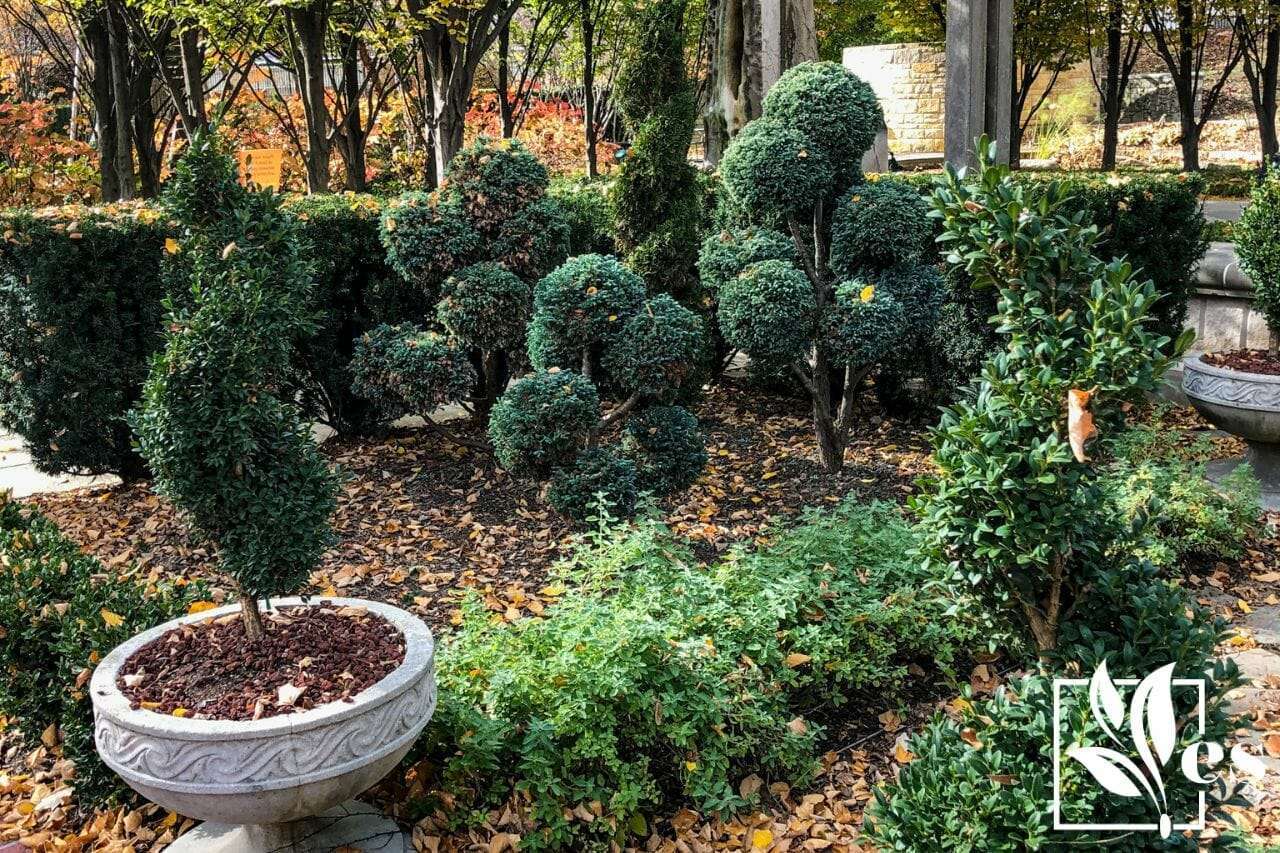
A moderate amount of Potassium is used by evergreen and flowering trees and shrubs to ensure a steady and healthy flow of water and nutrients throughout their structures amid severe weather. These would only require such high levels of Potassium if they were being planted in soil that was significantly low in nutrients.
– Houseplants
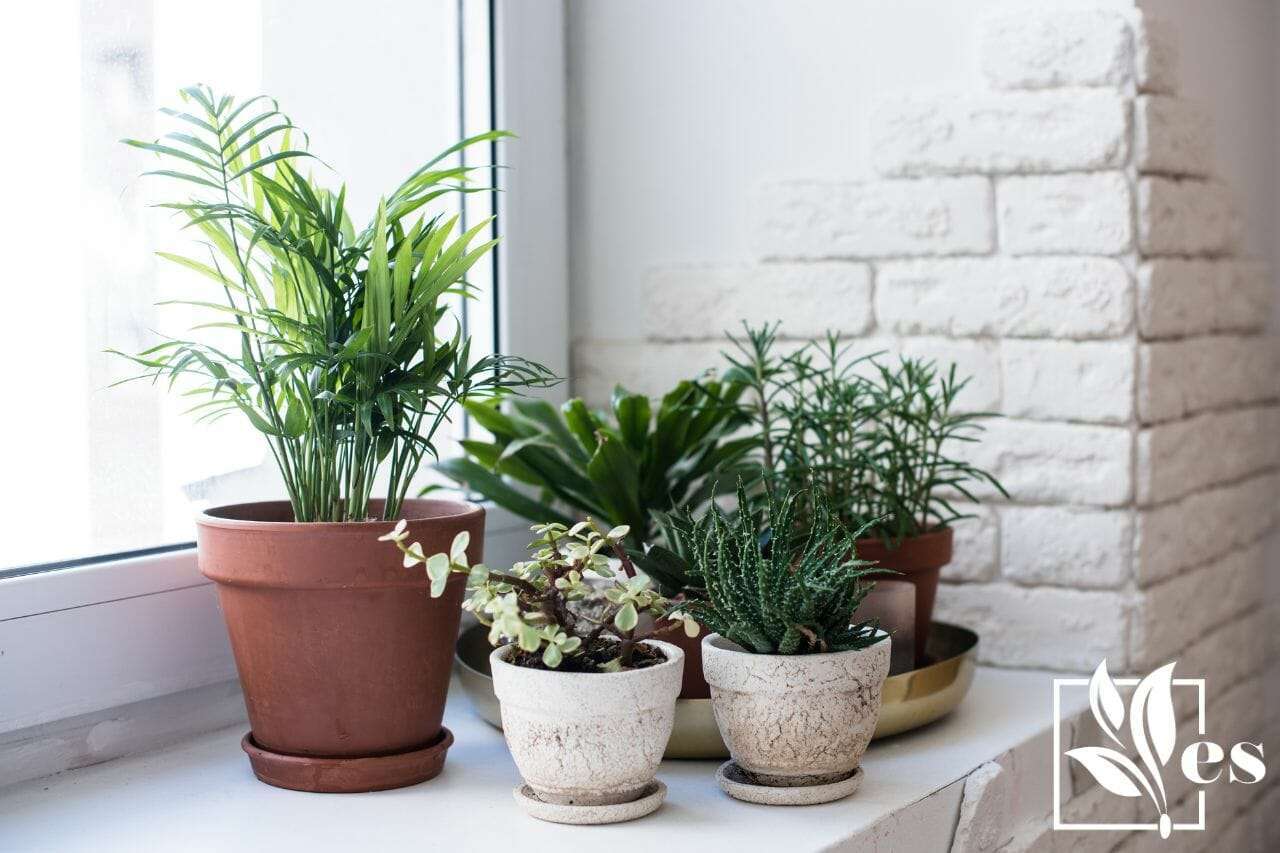
Potassium is necessary for trees and indoor plants to develop robust roots and thick foliage but would be beaten by a 0-0-60 NPK. Much like with outdoor plants, too much can harm an area permanently.
– Eliminate Shortage Of Nutrients
Chlorosis, the yellowing of leaves or the browning and curling of leaf tips, is the most tell-tale sign of a potassium deficiency. The green foliage of some plants can even turn purple.
Decreased fruit and seed formation and severely slowed plant growth are mostly found in various types of berries, potatoes, tomatoes, apples, and currents. Undiagnosed potassium deficiencies in commercial agriculture could lead to decreased yields and fewer selections at the grocery store.
Types Of 0-0-60 Fertilizer
Different fertilizer types provide flexible alternatives for particular application techniques:
– Quick Release
These liquids, which typically have potassium contents ranging from 25 to 62%, offer quick improvements to plants.
– Concentrated Granules
Which are more prevalent and contain up to 62% potassium, and have a delayed release that gradually enhances nutritional and moisture absorption over time.
Organic
Deposits from evaporating seabeds are used to extract potash, a potassium-rich salt. This type can nourish plants while enhancing the fertility and quality of the soil.
– Inorganic
Potash is no longer considered to be “organic” once it has been processed and altered to boost potency and speed of results. This final product may also potentially contaminate the soil.
Application
A 0-0-60 fertilizer should only be used in specialized home-growing situations due to the high Potassium concentration! A small amount of granular potash placed in the hole while planting saplings in potassium-deficient soil will promote new roots, good growth, and weather resistance.
Work granules or powder into the top several inches of soil in newly constructed garden beds. Or you might use a liquid method to hydrate the soil only till the fertility rises.
Working in a little bit just as vegetable buds start to form can encourage a plentiful yield. Before a good watering, some potash will be scattered over the lawn to encourage the growth of strong, emerald turf growth.
The type of plant will affect the application. Spread 50 pounds of granules per 1000 square feet across lawns using a push spreader. Half kg per 100 square feet should be used for decorative gardens, trees, and plants. In vegetable gardens, use half lb every 100 feet of crop row.
– Fertilizer Spray
0-0-60 doses are delivered through the pre-mixed liquid fertilizer form of muriatic potassium. This method is frequently used to stimulate root systems in large trees, shrubs, and lawns, either indirectly through the soil or directly through the blades and leaves because it might be too powerful for lesser plants.
– Granules With A Slow Release
Potassium sulfate-containing slow-release fertilizer granules are simple to use and can offer ongoing nutrition for up to nine months. In just a few weeks, the initial results will become visible. Each granule releases potassium as its coating gradually melts away in heated conditions. It provides a steady, gradual way of fertilization.
– Water-soluble Powder
Potassium sulfate and muriate of potash are both available as water-soluble powders that can be tilled directly into the ground or diluted like tea. 0-0-60 powders are one of the most affordable, although they work best in larger applications like farms and orchards.
– Spikes
For significantly raising Potassium around huge trees and palms, Fertilizer is available in large, spike-shaped forms. Pushing spikes into the earth surrounding them is challenging due to the compact nature of the soil. They can be divided up and distributed evenly in this situation, delivering the same practical nutrition supply without discomfort.
Benefits And Drawbacks Of Using 0-0-60 Fertilizer
Although using 0-0-60 excessively can have detrimental effects on crops, it may appear like a decent option for plants lacking Potassium. Follow us as we look at the advantages and disadvantages of this Fertilizer.
– Benefits
- When used on particular plants that need high amounts of Potassium for maximum growth, 0-0-60 Fertilizer is a great solution for raising the potassium levels in your soil.
- Compared to other fertilizers on the market, it offers outstanding value for money.
- 0-0-60 Fertilizer comes in various forms, including slow-release grains and liquid concentrate.
- Increased soil nutrients from 0-0-60 fertilizers will benefit plant health and root strength.
- It can be applied to root vegetables like potatoes and carrots, which require a lot of Potassium to thrive well.
– Drawbacks
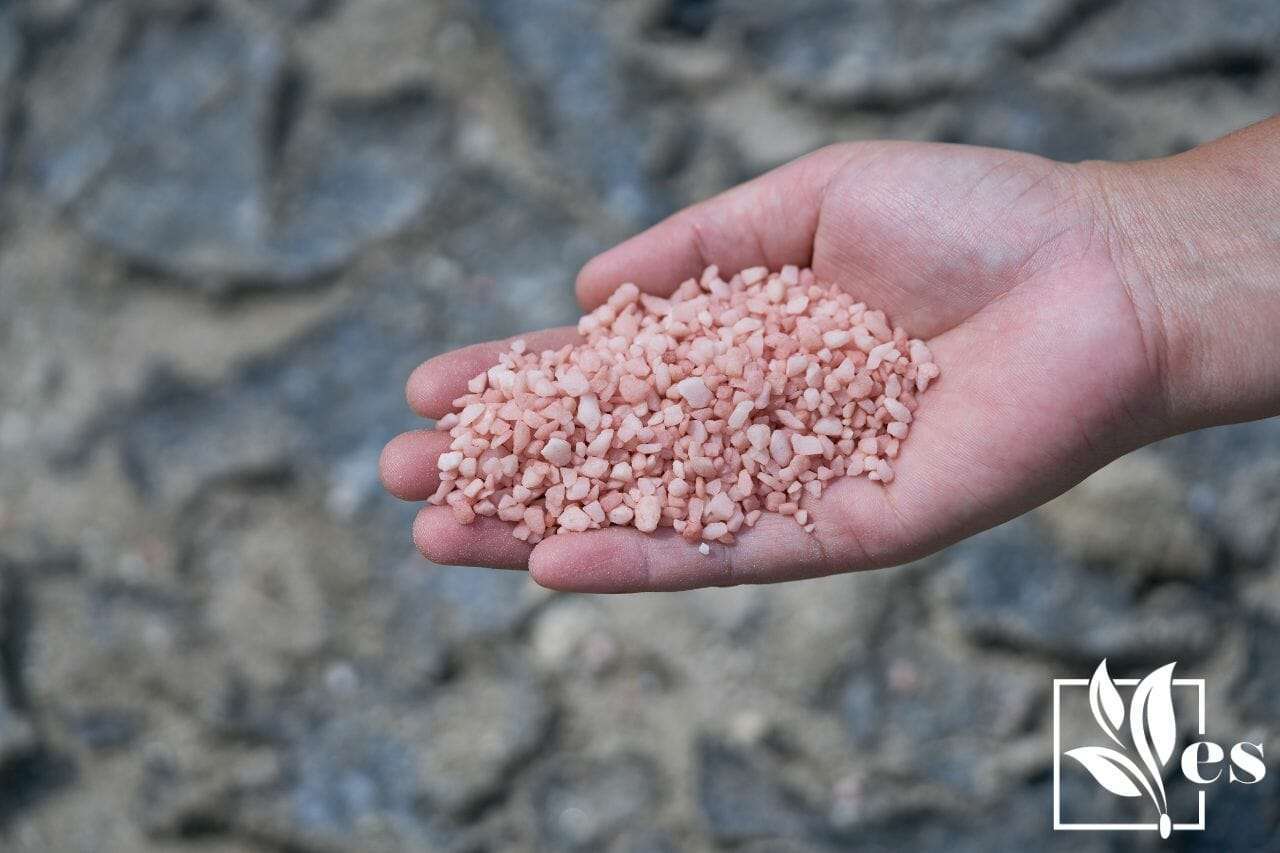
- The primary disadvantage of utilizing 0-0-60 Fertilizer is that it can be used excessively, harming your plants.
- Avoid contaminating waterways when applying and always adhere to the manufacturer’s directions.
- Before applying any fertilizer, check for crop limits; some plants might not benefit from 0-0-60 Fertilizers, or you might only be able to use it at specific periods of the year.











